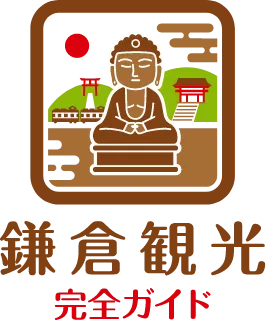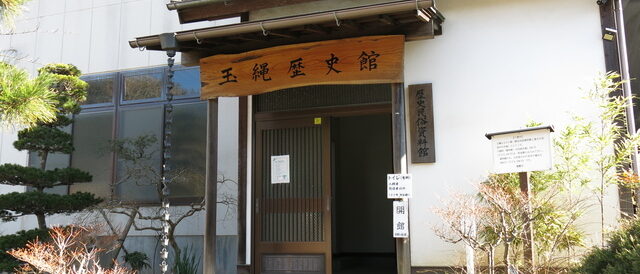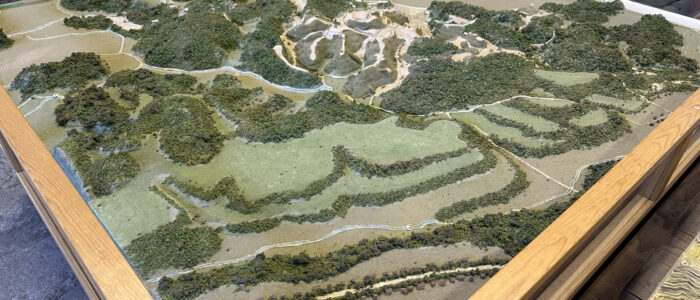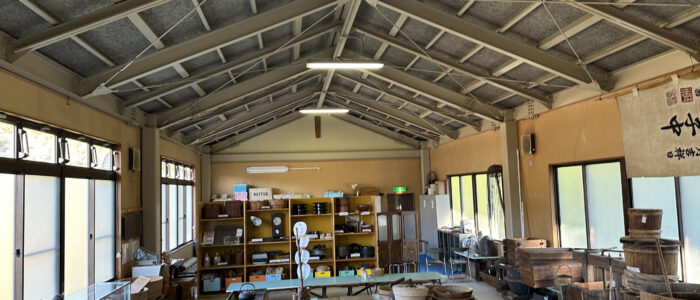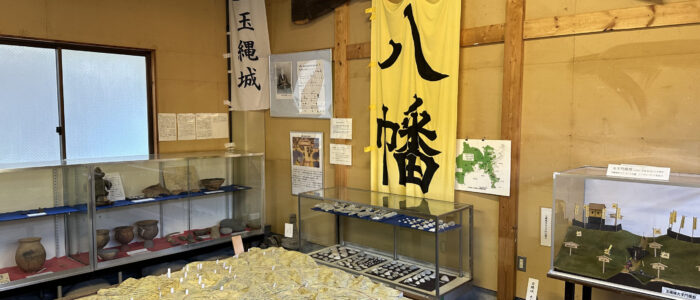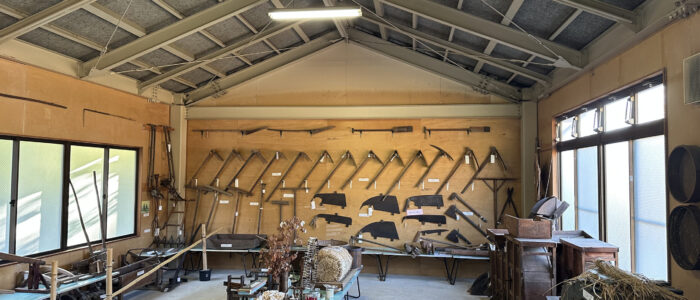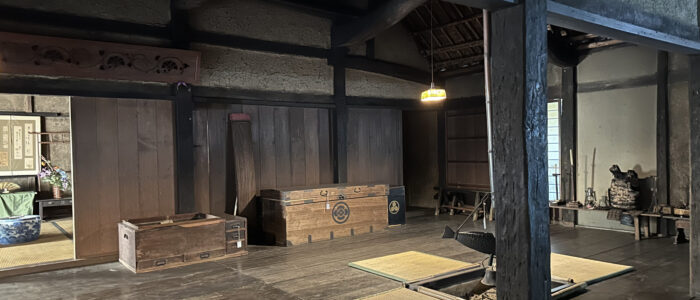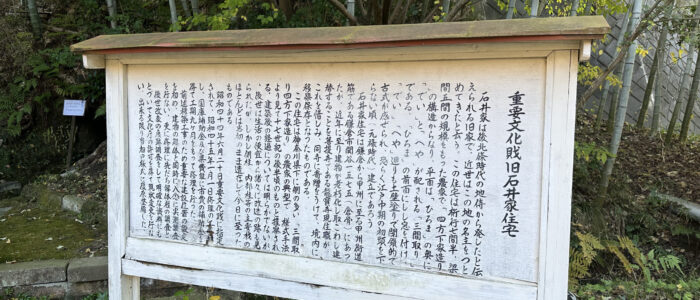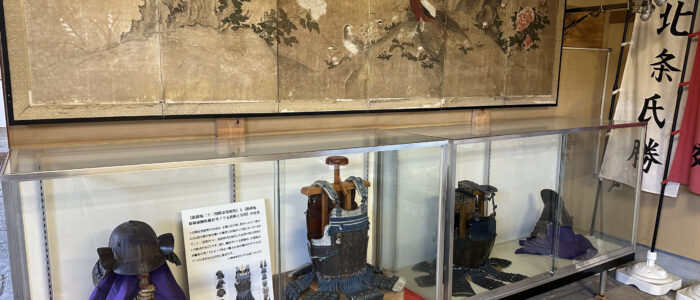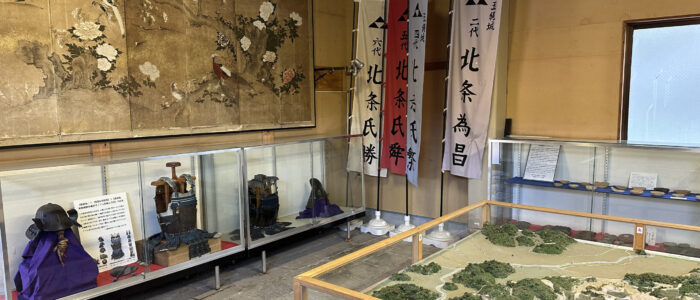Tamanawa History Museum (玉縄歴史館)
Discover the Tamanawa History Museum (玉縄歴史館)
Located on the grounds of Ryuho-ji Temple (龍寶寺) in Kamakura, this museum focuses on the Sengoku period (late 15th–16th century). Opened in August 2020, it offers valuable exhibits on the once-mighty Tamanawa Castle and the Late Hojo clan who ruled it. The museum has two floors: the first features materials on the castle and the Hojo family, while the second showcases local folk culture.
Highlights of the Castle and Folk History
Inside, you’ll find excavated items from the Tamanawa Castle ruins such as sling stones and earthenware dishes, along with dioramas of the castle’s structure and suits of armor that offer a glimpse into samurai life. The museum also exhibits daily life tools from the Edo period (early 17th–mid-19th century) through the early Showa era (early 20th century), reflecting how people once lived.
Outside the museum, you can explore a relocated Edo-period house—the former Ishii Family Residence (旧石井家住宅), designated an Important Cultural Property. Its traditional interior with irori hearth and earthen floors offers a rare hands-on experience.
The Story of Tamanawa Castle and the Late Hojo Clan
Tamanawa Castle was built in the early 16th century by Ise Sozui—later known as Hojo Soun (北条早雲)—as a strategic branch of Odawara Castle. Surrounded by cliffs and designed as a mountain fortress, it was so formidable that famous warlords like Uesugi Kenshin (上杉謙信) and Takeda Shingen (武田信玄) reportedly gave up trying to capture it.
It’s important to distinguish this Hojo clan from the Kamakura-era Hojo family who served as regents. The rulers of Tamanawa Castle belonged to the Sengoku-period Late Hojo clan (後北条氏), who deliberately adopted the Hojo name to legitimize their rule—an early example of brand strategy in Japanese history.
Access and Visitor Information
The museum is an 18–25 minute walk from JR Ofuna Station, or a 3-minute walk from the Uekiyato bus stop. There is on-site parking for about 8 cars, but public transportation is recommended during busy times. Open hours are 9:30 AM–3:30 PM. The museum is generally open daily but may close for holidays or exhibit changes, so check their official site for the latest updates.
Best Times to Visit
This space offers a peaceful atmosphere ideal for quiet reflection. From spring to early summer, seasonal blooms like peonies and cornflowers fill the temple grounds. It’s a perfect time to visit and take in both nature and history.
Explore Nearby: Castle Trails and Cultural Landmarks
The surrounding area features the Tamanawa Castle Trail, where you can explore historic earthworks, dry moats, and the ruins of the Taiko Turret. Some usually closed areas like Suwadan and Kemariba within the grounds of Seisen Jogakuin (清泉女学院) are occasionally open to the public through guided tours.
You can also visit nearby landmarks such as Suwa Shrine (諏訪神社), the Nidenji Fort Ruins (二伝寺砦), and Uekiyato-nishi Park (植谷戸西公園), all within walking distance. Nature lovers will enjoy seasonal flowers at the Ofuna Flower Center (大船フラワーセンター).
Who Should Visit? A Quiet Cultural Escape
This museum is perfect for history buffs, fans of Sengoku-era strategy, and those seeking deeper cultural insights. If you’re staying at Tosh’s Place (トシズプレイス), this off-the-beaten-path gem makes for a rewarding detour. The museum is unstaffed, allowing visitors to explore at their own pace.
A flexible stay style—like that offered at Tosh’s Place—lets you incorporate tranquil and lesser-known spots like this into your trip, adding richness beyond typical sightseeing.
Wrap-Up: Discover Kamakura’s Hidden Legacy at Tamanawa History Museum
This is a unique window into both military history and everyday life in Sengoku-era Kamakura. Its blend of samurai-era artifacts and folk culture makes it an exceptional stop for thoughtful travelers. With a stay at Tosh’s Place, you can savor these cultural experiences without rush—truly living history at your own rhythm.
